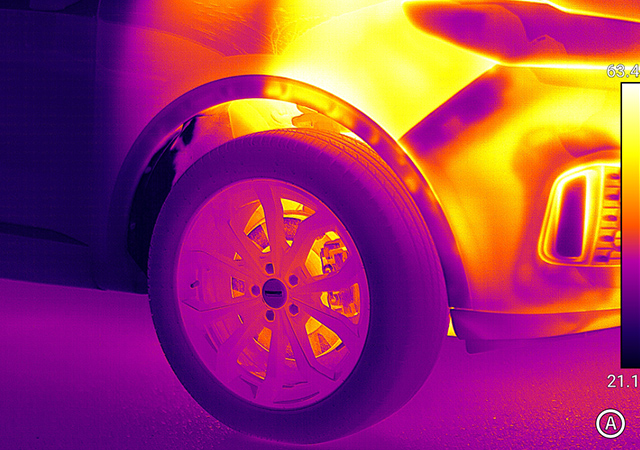The rise of autonomous vehicles has increased the need for Advanced Driver Assistant System (ADAS) technology, which helps drivers avoid collisions and other hazardous conditions. One key component of ADAS technology is the use of infrared camera cores to detect and classify various objects and obstacles in a vehicle's path.
Incorporating an infrared camera core into an ADAS system allows for the detection of temperature variations in the surrounding environment, helping the system distinguish between living and non-living objects. It can also be used to help detect and navigate through poor weather conditions like fog or heavy rain.
Infrared camera cores are typically designed to work in both daylight and low-light situations, making them suitable for use in a broad range of driving conditions. They are also often equipped with powerful processors that can process large amounts of information quickly and effectively.

In ADAS systems, infrared camera cores are often used alongside other sensors such as lidar and radar to provide a comprehensive set of data about the vehicle's surroundings. By combining the data from these various sensors, the ADAS system can create a detailed 3D map of the vehicle's environment, improving its ability to navigate even in complex situations.
One area where infrared camera cores are particularly useful in ADAS systems is in the detection of pedestrians and other vulnerable road users. By detecting the heat signatures emitted by human bodies, the infrared camera core can help prevent collisions and other accidents involving pedestrians, cyclists, and motorcyclists. Additionally, these systems can also be used to detect animals and other obstacles on the road, improving overall safety for drivers and passengers.

In conclusion, infrared camera cores are vital components in ADAS systems for autonomous vehicles. They provide critical heat-sensing data that other sensors such as lidar and radar cannot detect, improving the vehicle's ability to navigate in complex and challenging environments. By incorporating these cores into ADAS, safety and reliability are enhanced, reducing the risk of accidents on the road and ensuring the safety of all road users.
Go Top